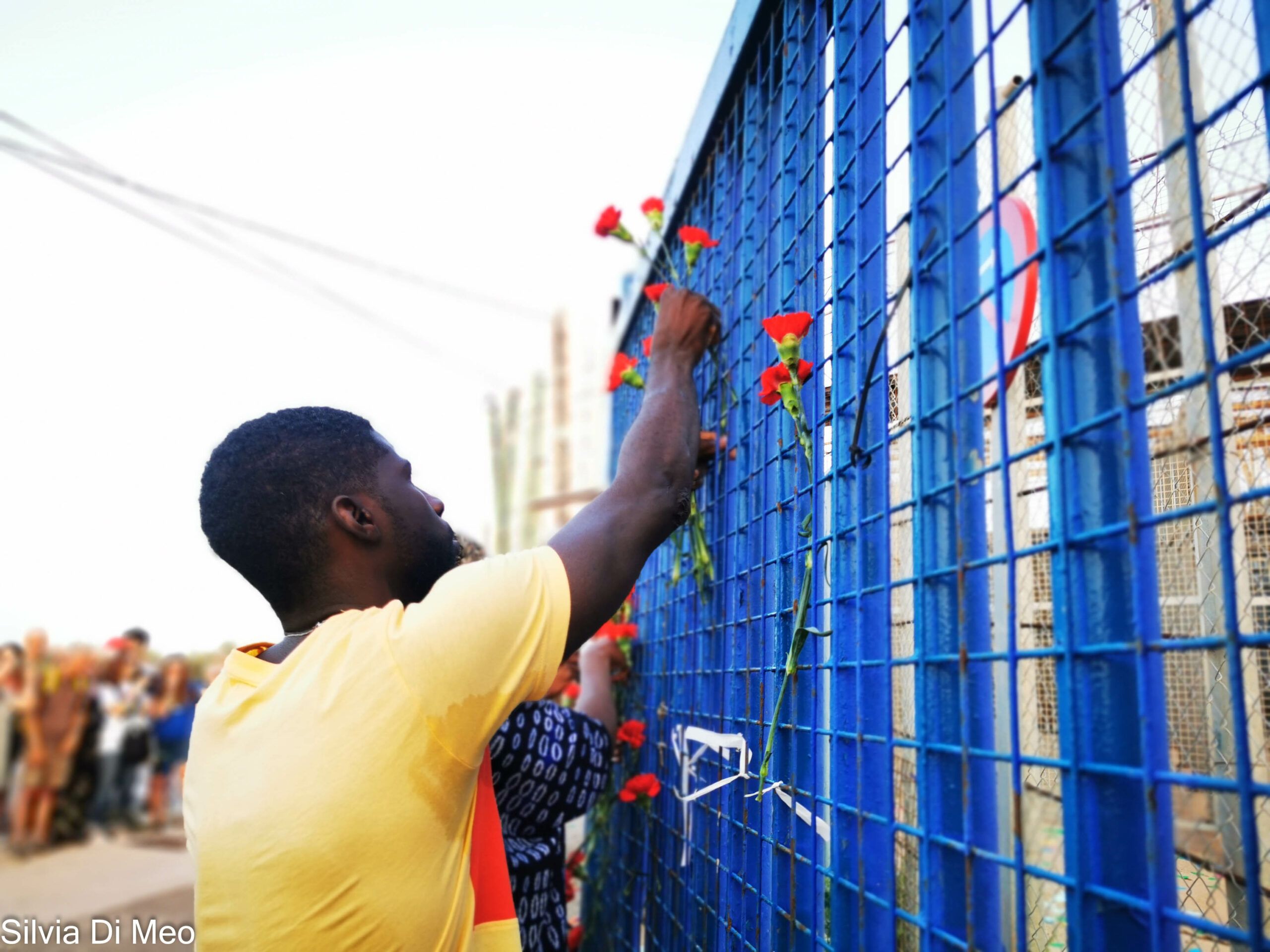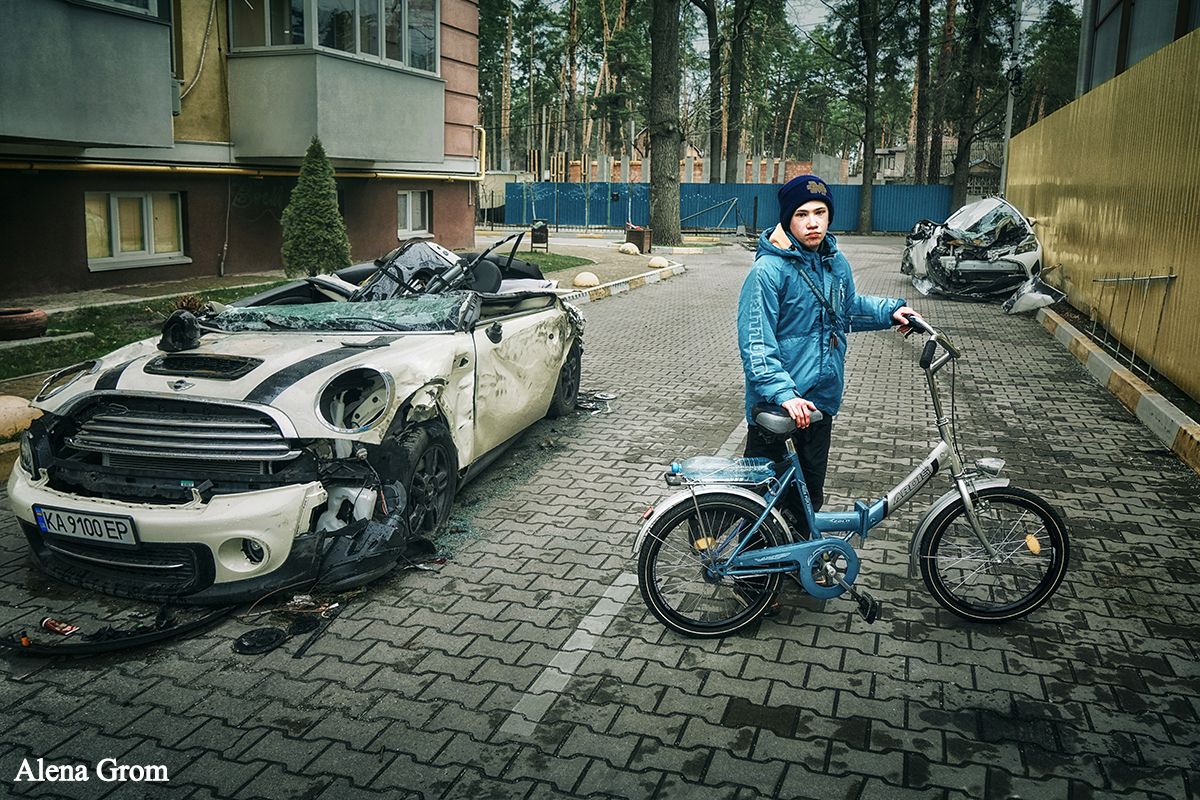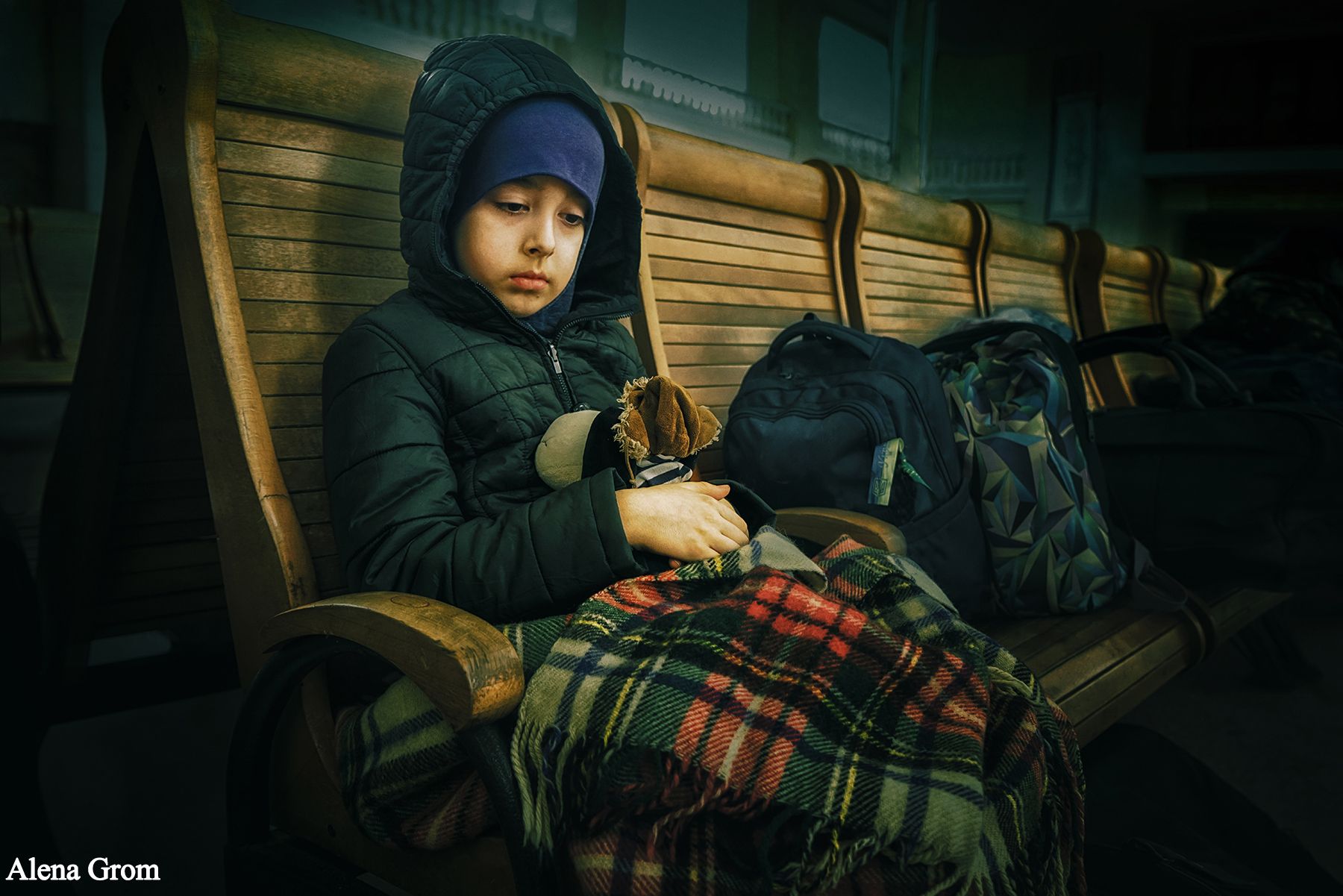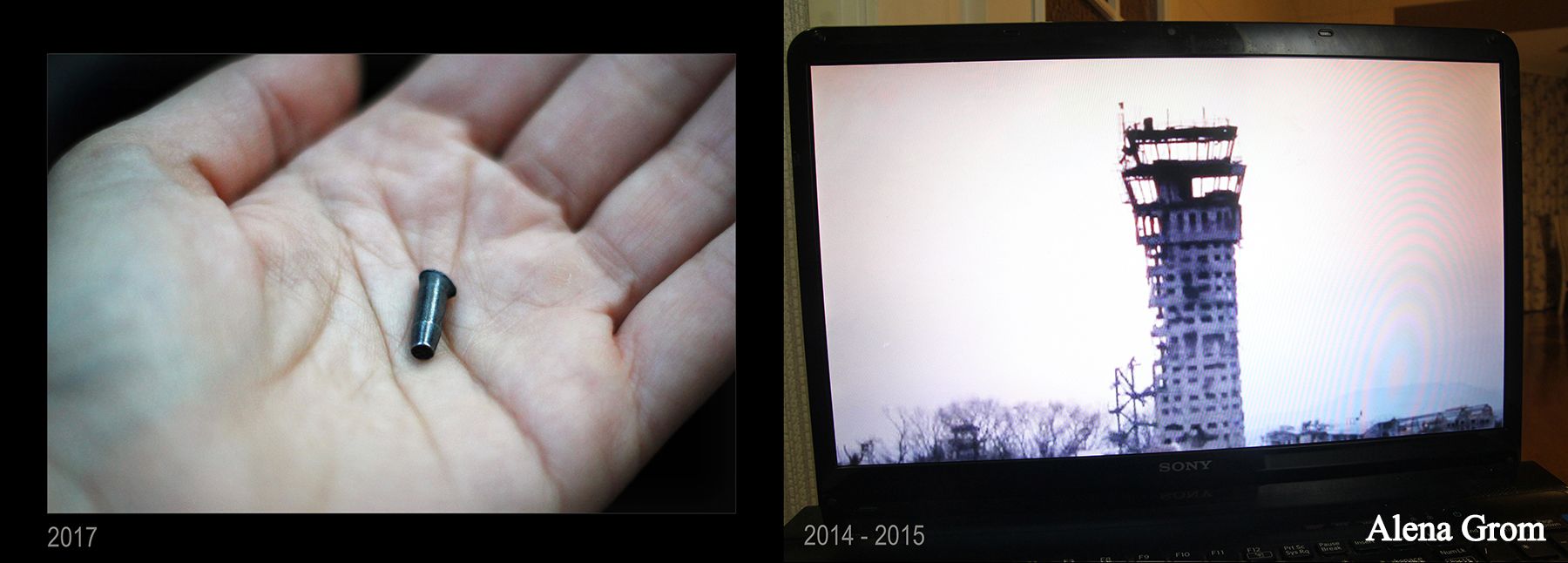








About the project
TRAMIGRART focuses on the traumatic individual, collective, and public memories of forced migrants from the Northeast and the South towards Italy. It explores the relationships between arts, traumatic events, and resilience with a special focus on two different kinds of diasporic memories: a) individual, collective, and public memories of forced migration through the Mediterranean and b) individual, collective, and public memories of migrants escaping from the Ukrainian war. The project compares the cultural differences and analogies between different kinds of forced, and it explores how and to what extent artistic languages can be used on the one hand to help “working through” (Adorno, 1959) war, torture, and violence traumas and on the other hand as means to help repairing the texture of the civil society in the country of arrival (Italy). The implied idea is that aesthetic codes and artistic languages can contribute effectively to narrate war and violence memories and inscribe these traumas in the national public discourse (Zolberg, 2007; Wagner-Pacifici, 1996; Tota, 2003; Tota, 2010; Tota and Hagen, 2016). By doing it they contribute to radically change the public knowledge of migration processes, favor and strengthen solidarity processes in civil society, enhancing democracy. Being aware of the important implications of the debate on epistemologies of the South (Santos, 2018), we propose here to combine them with a new awareness of the epistemologies of the Northeast. As matter of fact, war, violence and torture unfortunately do not know or accept any borders. As mentioned, the main idea is to study the relations between artistic representations and political articulation, with the aim of adding new dimensions, especially with respect to the question of reaching historical truth and reconciliation (Dekel and Tota, 2017). Artistic languages remain a central key for understanding the intersection of historical representations, and public memories of difficult pasts (Vignola, 2017; Luchetti, 2022; Luchetti and Tota, 2024). Without the arts in contemporary society it would be almost impossible to successfully ‘work through’ traumatic and controversial events. Art and cultural heritage are here considered especially as a negotiating arena, where rights, social identities and definitions are questioned and claimed (Olick, 2008; Tota, Luchetti and Hagen, 2018). The practices of artistic production and consumption concretely become spaces in which to imagine social change, in which to anchor reflection on future possibilities, domains where social imagination exercises itself. TRAMIGRART investigates under what conditions artistic practices can contribute to the “individual, collective” (Halbwachs, 1925), and “public memories” (Phillips, 2004) of migrants en route to Europe, re-elaborating the past and re-configuring the present of migrants’ experiences. This project is aimed at producing a reflective knowledge of how dominant narratives can be subverted by alternative ways of displaying memories of forced migration and war. It analyses: a) how art can undermine the powerful visual regime of migration that is strongly established by public discourse; b) what kinds of aesthetics are applied by artists to deconstruct common ways of seeing; c) what kind of experiences of migration are addressed with what kind of aesthetic and visual strategies. From this point of view, the project embraces the perspective of public and reflexive sociology (Burawoy, 2005) by which the sociological knowledge should be part not only of academic debates, but also of public discourse (Nichols, 2017). The adoption of this perspective will allow to emphasise the agency displayed by migrants who are forced to move across borders (Punzi, 2016), altogether their forms of active resistance against widespread narratives which tend to confine them in the realm of victimhood (Longo and Lorubbio, 2021). This implies two relevant features of our overall approach: a) on the one hand, the subjects of this research will be considered as co-producers of our research; b) on the other, particular attention will be paid to the dissemination phase. As for our methodological approach, we intend our research activities as a tool aimed at reshaping the conditions of visibility of migrants’ voice and agency in the public discourse.
TRAMIGRART investigates the individual, collective and public memories of forced migration and war as “cultural traumas” and “restless events” (Wagner-Pacifici, 2010) within the changing scenario of the new waves of migrations towards Europe. TRAMIGRART conceptualizes the diasporic traumas applying the framework of the Cultural Trauma Theories (Alexander et al., 2004), and focusing on two arenas outlined in the CTT framework: 1) the legal-institutional arena, and 2) the aesthetic arena.
The legal-institutional arena is considered as one of the crucial sites that can contribute to enhance and strengthen the building up of a shared self-critical public memory on the tragic and unbearable human costs being paid by migrants crossing the Mediterranean en route to Europe. This is related to the fact that the judicial arena has been so far one of the few places where the historical evidence of the Mediterranean as being the largest cemetery in the world and its juridical truth might converge, leading to an identification and recognition of at least the victims, if not the perpetrators.
The aesthetic arena actively affects the fundamental issues of public discourse around war and forced migration traumas. Moreover, to better analyse the complexity and variety of artistic languages in their interconnection with traumatic memories, the project will split the aesthetic arena in two different parts: 1) the musical and audio-visual languages and 2) the literary narratives. Artistic languages are considered as devices of “memory work”, through which institutions and civil society construct the present and future trajectories of the public knowledge of war and diaspora (Zolberg, 1996; Tota and De Feo, 2020).
The goal is to create a link between different aesthetic codes, to understand 1) the economic, political, cultural and social conditions through which art exercises its performative power on experienced traumas, 2) how art triggers new meanings and practices in the material and social existence of the migrants and their communities, 3) how art inscribes traumatic events in the public discourse, by contributing to the visibility of experiences, representations and perceptions and mobilising the members of society around a common agenda.
The design of the research will be based on ethnographic and in-depth interviews, as well as audio-visual sources. The adoption of biographical methods (Breckner and Massari, 2019) will contribute integrating narrative, ethnographic, visual and discourse approaches especially as far as interviews are concerned.
More specifically, TRAMIGRART will analyse how places of violence, through the involvement of the arts, become spaces of memories, defined both as the whole territories of social representations, individual and collective meanings related to specific traumatic events and as opportunities for reflecting and, as mentioned, “working through the traumas” (Adorno, 1959) in the citizens’ consciousness and the public discourse.
References
Adorno T.W. (1959), Was bedeutet: Aufarbeitung der Vergangenheit?, Frankfurt: Verlag Moritz Diesterweg.
Alexander J.C., Eyerman R., Giesen B., Smelser N.J., Sztompka P. (2004), Cultural Trauma and Collective Identity, Berkeley: University of California Press.
Breckner R., Massari M. (ed.) (2019), “Biography and Society”, Rassegna italiana di sociologia. Special issue, 40 (1), 3-183.
Bruner J. (1990), Acts of Meaning, Cambridge (MA): Harvard University Press
Burawoy M. (2005), “For Public Sociology”, in American Sociological Review, 70(1): 4-28.
Dekel I., Tota A.L. (eds.) (2017), “Special Issue on Claims to Truth: Authenticity in Aesthetic Paths to Justice and Public Memory”, in European Journal of Cultural and Political Sociology, 4:3.
Halbwachs M. (1925), Les cadres sociaux de la mémoire, Paris: Les Presses universitaires de France.
Longo M., Lorubbio V. (2021), “Vulnerabilità, rischio e diritti umani tra riflessione sociologica e diritto internazionale”, in Rivista trimestrale di Scienza dell’Amministrazione, 3/2021, 1-29.
Luchetti L. (2022), Commemorare una strage: la memoria pubblica di Piazza Fontana, 12 dicembre 1969, Milano, Milano: Angeli.
Luchetti L., Tota A.L. (2024), “Digitalising Commemoration: The Impact of the Covid-19 Pandemic on the remembrance of the terrorist attack in Piazza Fontana, Milan (December 12, 1969)”, in Baquero R.P., Cayuela S. (eds.), Terrifying Europe. History and Memory of Terrorism in European Identity, Madrid: Marcial Pons, 201-228.
Olick J.K. (2008), “Collective memory: A memoir and prospect”, in Memory Studies. 1(1), 23-29.
Phillips K.R. (ed.) (2004), Framing Public Memory, Tuscaloosa: University of Alabama Press.
Punzi C. (2016), “La metamorfosi dei migranti nell’anticamera d’Europa”, in Studi Culturali, 171-194.
Santos de Sousa B. (2018), The End of the Cognitive Empire. The Coming of Age of Epistemologies of the South, Durham: Duke University Press.
Tota A.L. (2003), La città ferita. Memoria e comunicazione pubblica della strage di Bologna, 2 agosto 1980, Bologna: Il Mulino.
Tota A.L. (2010), “Ethnographying public memory: the commemorative genre for the victims of terrorism in Italy”, in P. Atkinson e S. Delamont (eds.), Sage Qualitative Research Methods, Vol. 4 (2), Sage: London, 131-159.
Tota A.L., De Feo A. (2020), Sociologia delle arti. Musei, memoria e performance digitali, Roma: Carocci.
Tota A.L., Hagen T. (2016) (eds.), Routledge International Handbook of Memory Studies, London: Routledge.
Tota A.L., Luchetti L., Hagen T. (2018) (eds.), Sociologie della memoria. Verso un’ecologia del passato, Roma: Carocci.
Vignola M. (2017), La Fabbrica. Memoria e narrazioni nella Taranto (post) industriale, Milano: Meltemi.
Wagner-Pacifici R. (1996), Memories in the Making: The Shapes of Things that Went”, Qualitative Sociology, 19, 3, 301-321.
Wagner-Pacifici R. (2010), “Theorizing the Restlessness of Events”, in American Journal of Sociology, 115 (5), 1351–1386.
Zolberg L.V. (1996), “Museums as contested sites of remembrance: The Enola Gay affair”, in Macdonald S., Fyfe G. (eds.), Theorizing Museums, Oxford: Blackwell, 69-82.
